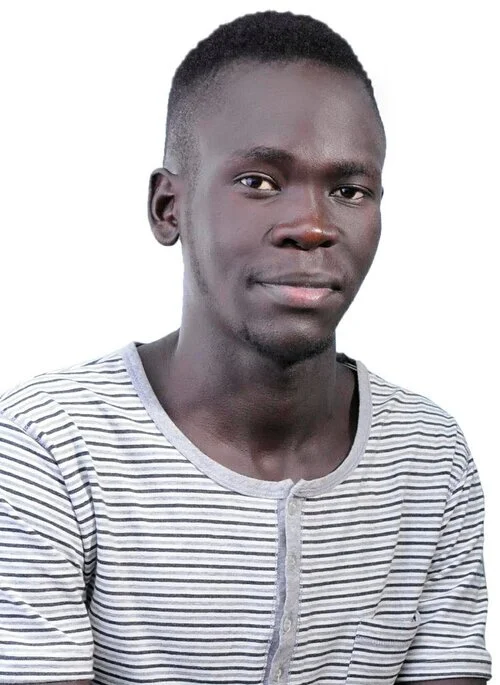The UNEMG nexus dialogue on Gender and Biodiversity, organised in close collaboration with the CBD Secretariat on 29th March, 2021 sought to provide an overview of priority objectives aimed at addressing the persistent gender and biodiversity challenges and their linkages with the broader environmental and sustainable development agenda. The dialogue specifically drew focus to implicating the roles of women towards a post-COVID Green recovery.
“Women and girls are critical to unlocking a planet within which people can thrive.” Benjamin Schachter, a Human Rights Officer and a focal point on climate change and the environment at the Office of the United Nations High Commissioner for Human Rights (OHCHR). Tracing back to the ancient regimes, the significance of the role played by women in the society, cross-cutting into food production systems, upholding cultural and societal values, contribution to decision making processes among others had fallen on deaf ears. Centuries down the trail, the narrative has seemingly taken a toll on the sustainable use of natural resources within most local communities and biosphere reserves. A sideline in acknowledging the efforts and contributions of women during the ancient times has till today, still left potholes in understanding and drawing critical lines towards decisions aimed at sustainable use of natural resources; conservation of biological diversity and climate action.
Undoubtedly, as holders and engines of over 70% of the global micro-economy in most parts of the World, the sustenance of homes and local community production systems and value chains is a proportionate indicator of the knowledge richness and potential of women and girls to contribute towards conservation efforts, particularly local communities. A further magnification of micro-economies to large-scale or macro-economies gives an indicator of the unpacked potential of women and girls towards conservation of natural heritage and biological diversity.
Comprising an approximation of 49.5% of the global populations as of 2019, (World Population) women and girls today still face concrete challenges; limited support and financing mechanisms, exclusion from major policy decisions spaces, among other strong standing blocks hindering their full board involvement and action regarding biodiversity conservation efforts. The 2030 agenda, among other policy illustrations, elaborates the interconnectedness of gender, biodiversity and conservation, as well identifies the relevance of putting women central and at the forefront of biodiversity conservation efforts for a just and equitable cause in the environmental conservation space.
Quite evident from the pandemic has been the vulnerability of the global production systems and economy, which show a great deal of reliance on nature. Whereas many local communities and nations strive towards a Green recovery, it is highly critical to harness the underused knowledge and resource banks held by women and girls, fully backed and getting them involved; furthermore giving a priority to local and indigenous knowledge. Only then will it prove and seem feasible to holistically drive towards a Green global economy.
“The Post 2020 Global Biodiversity Framework aims to set right forward ambitious objectives for biodiversity and gender equality”
The CBD draws focus to a holistic societal approach to biodiversity conservation efforts, involving women at all levels, participating meaningfully towards conservation efforts; ranging from policy spaces down to local and on-the-ground action. While the need to champion the contributions and efforts of women is at the center of focus of the conservation agenda, it still remains a collective role of all to acknowledge and recognise the inputs of women towards the strategic conservation action plans as highlighted in the conservation agenda.
Inequality is a driver of social backlog and delay to developmental initiatives aimed at fostering sustainable development in local communities. The primary objective of ensuring gender responsive communities is to eliminate the negative socio-cultural image as has been painted in the faces of women by majority of the cultural norms and traditions. In order to harness the locked up knowledge women possess regarding sustainable use of natural resources, it is thus inevitable to acknowledge the fact that women are holders and steering forces of local economies, building up to macro-economies. “With over 90% of the resources used for sustenance are derived from natural environments (OECD, 2020), it is evident that there still is much to be done regarding unpacking knowledge and skill relevant for the conservation of biological diversity and associated ecosystem services aligned to the 2030 agenda and beyond” Gabriella Richardson Temm, a senior Gender Specialist at the Global Environment Facility.
Find full recordings, short outtakes, and notes form the dialogues at https://unemg.org/gender-biodiversity-nexus-dialogue/.
This blog was written and submitted by Education Taskforce Lead and Global Ambassador, Joshua Apamaku.


